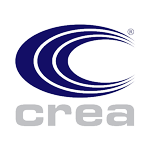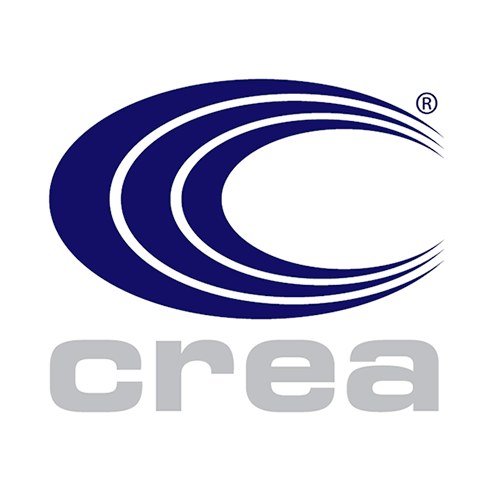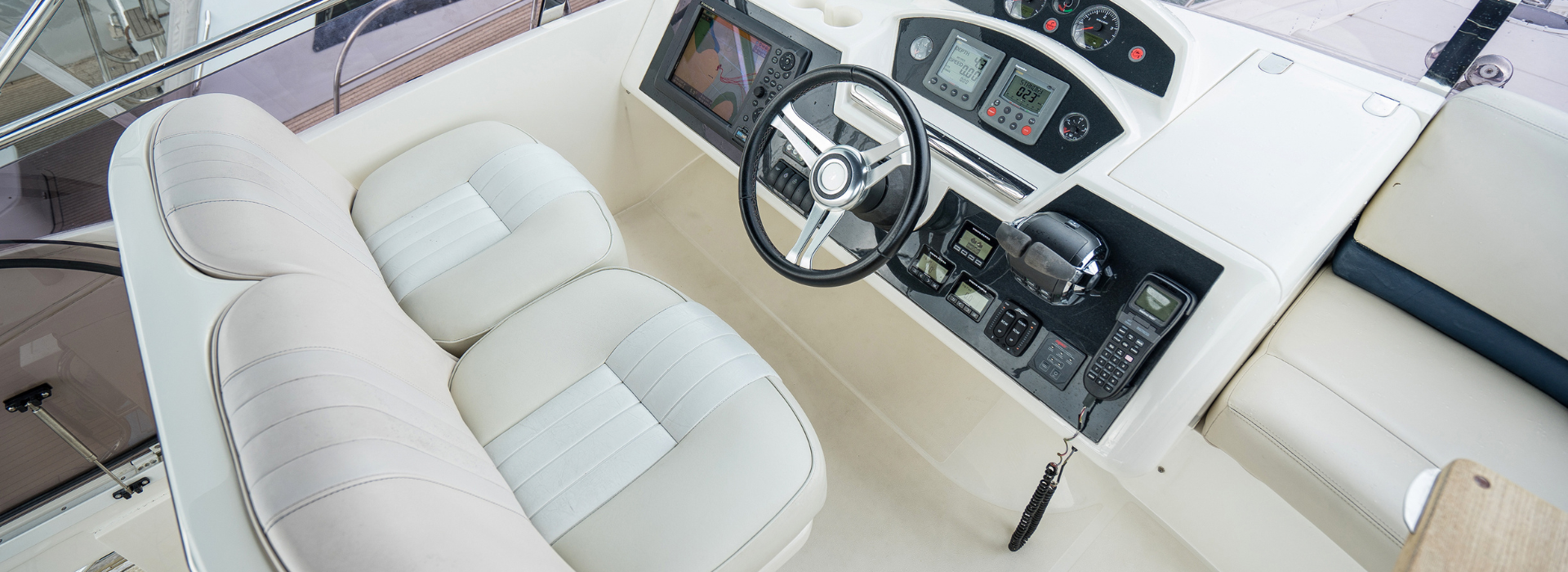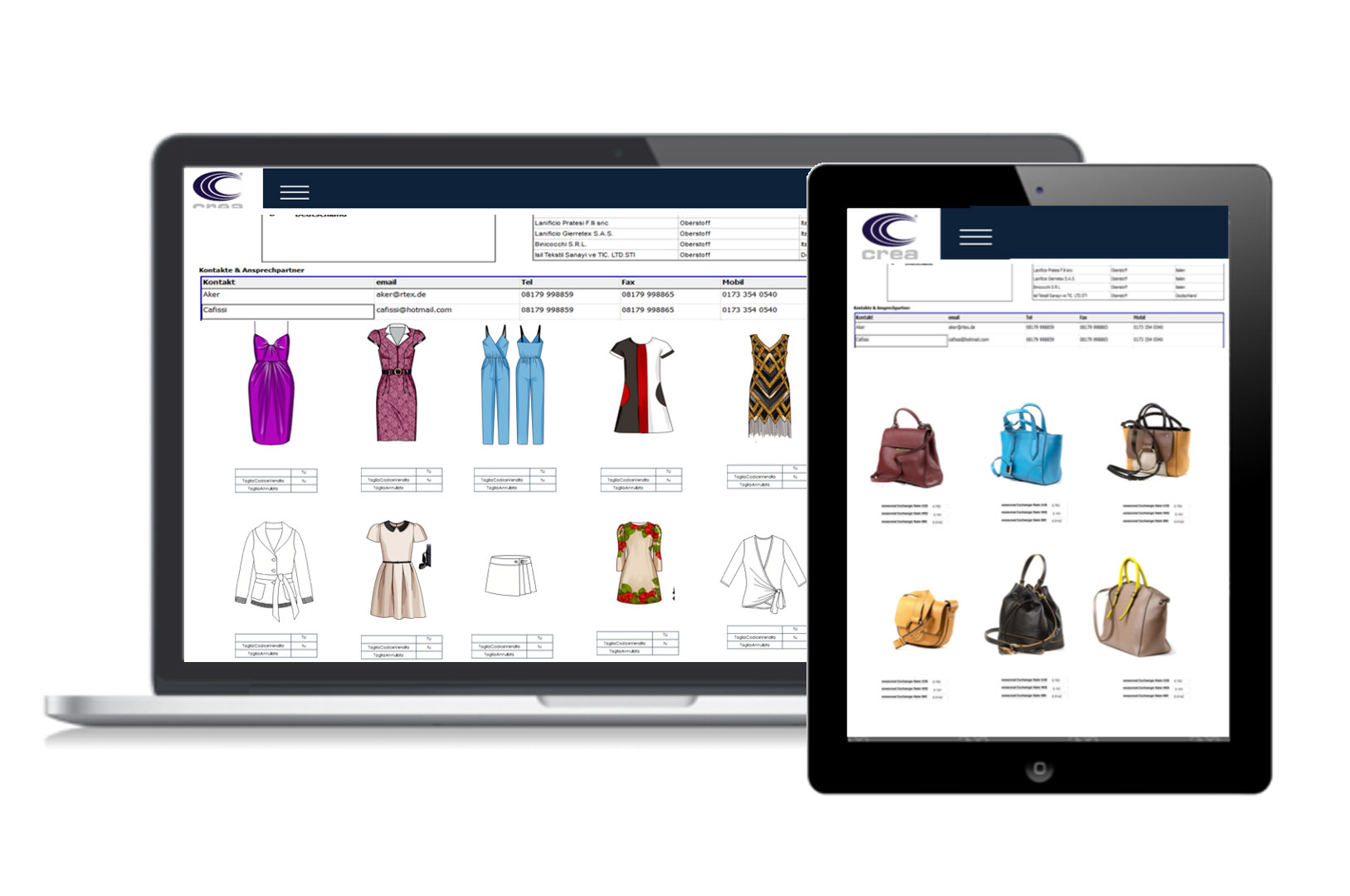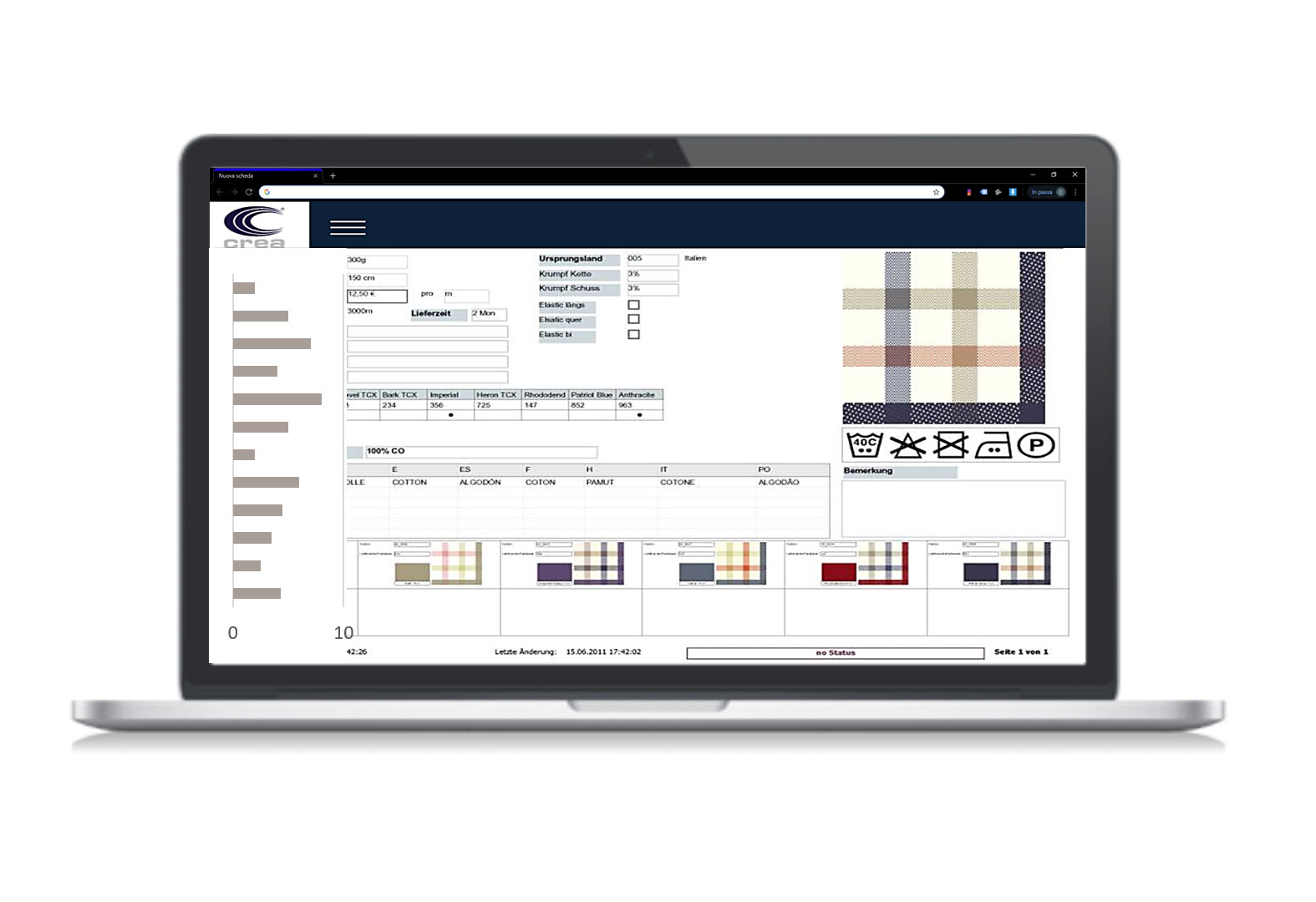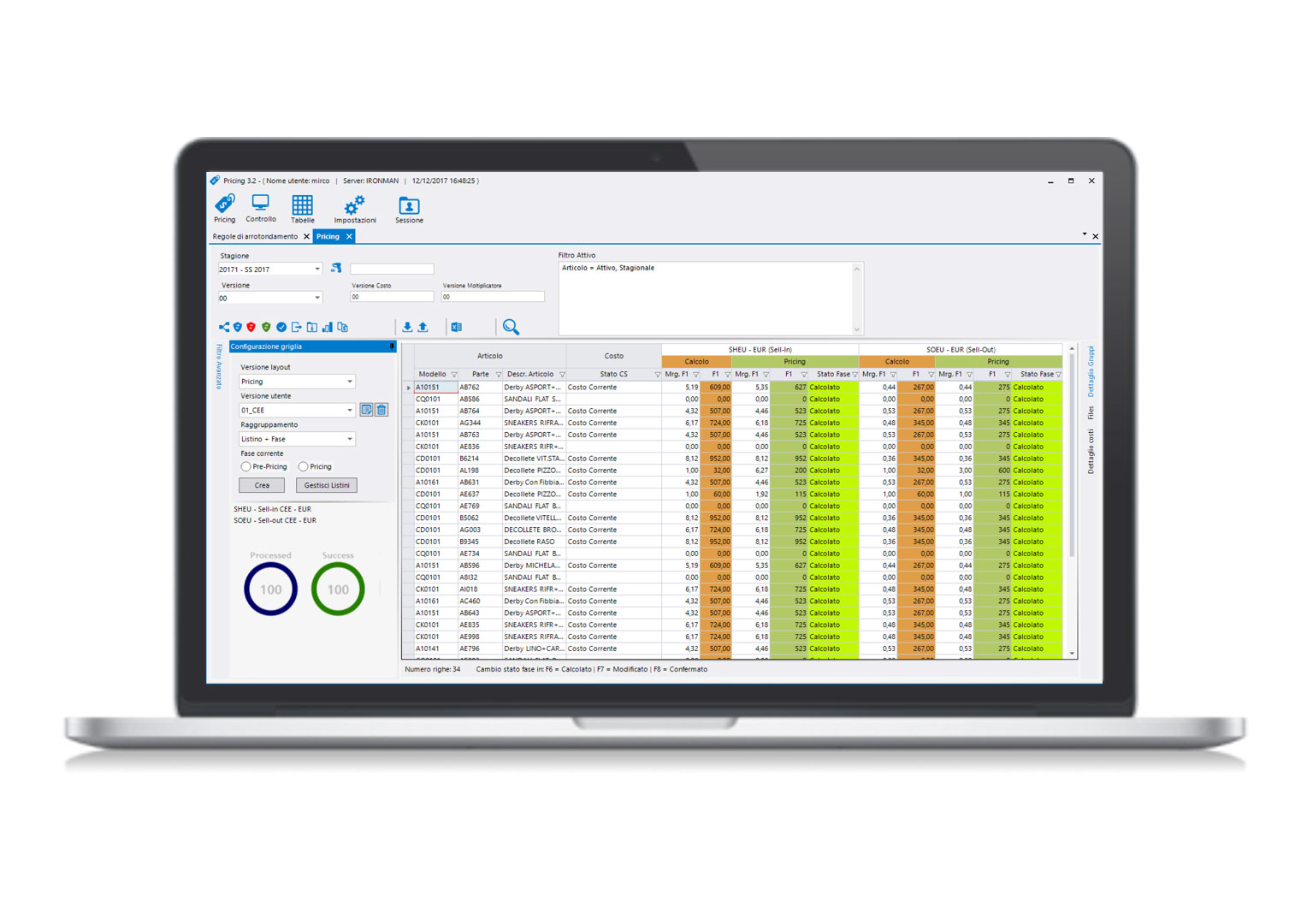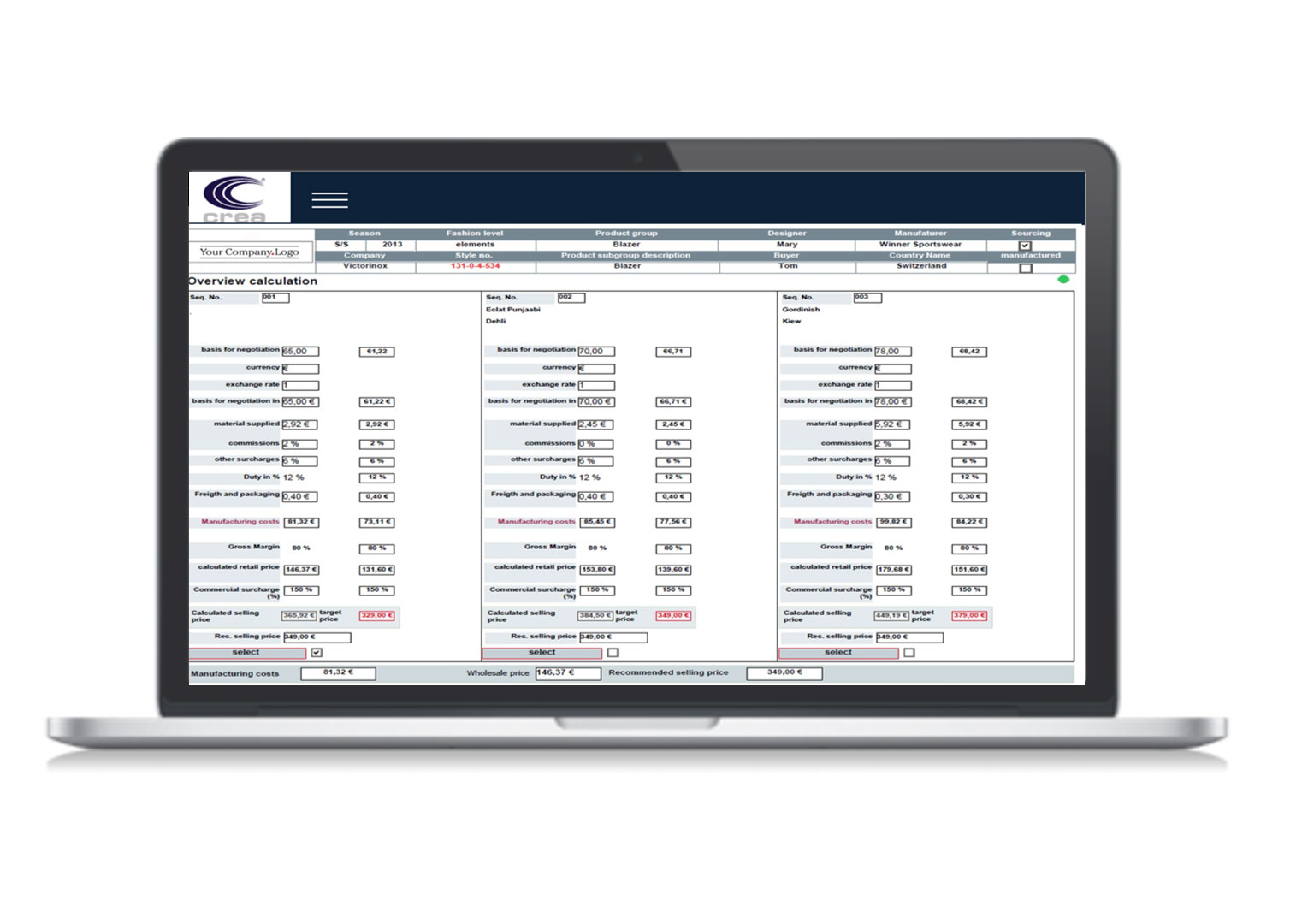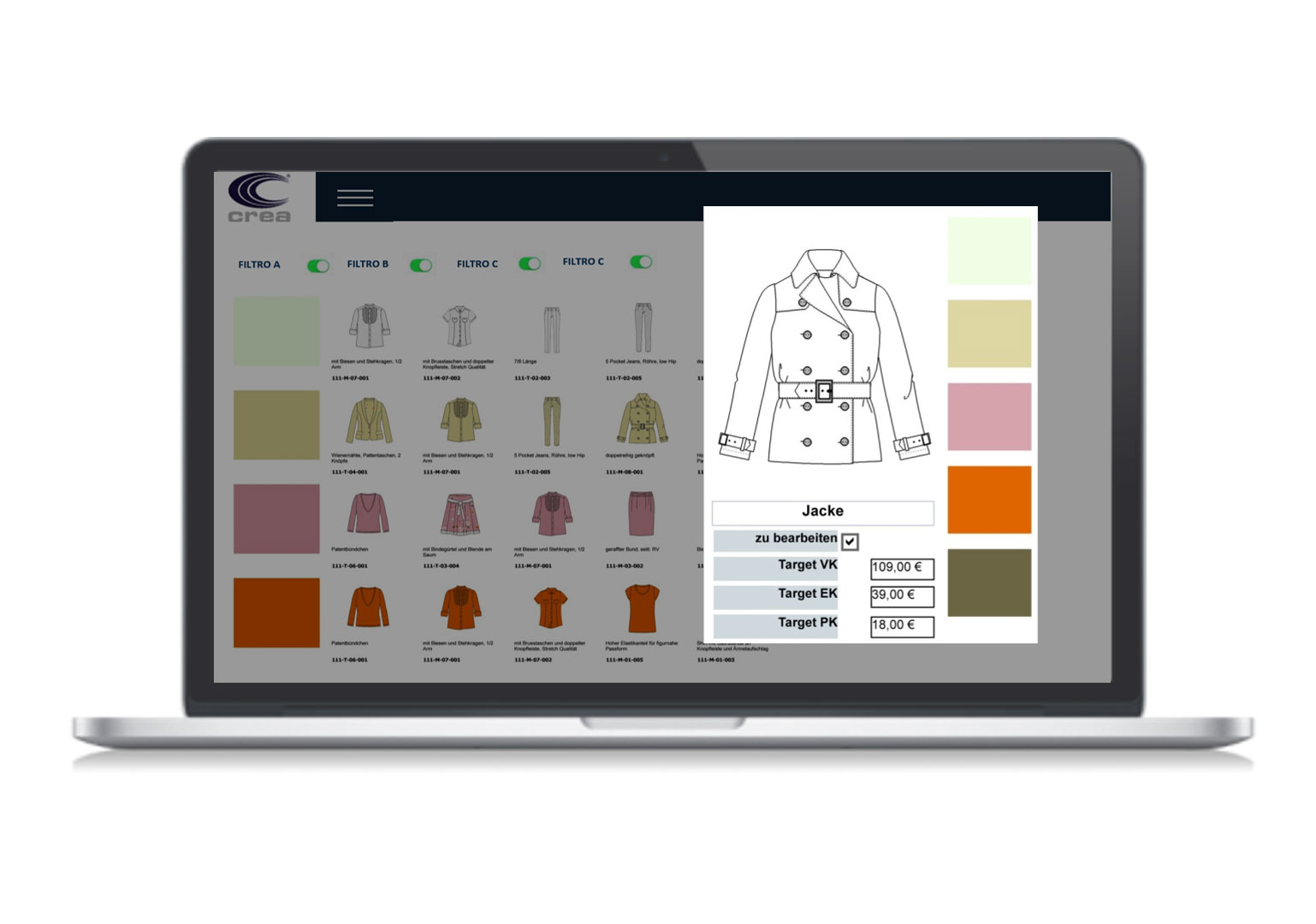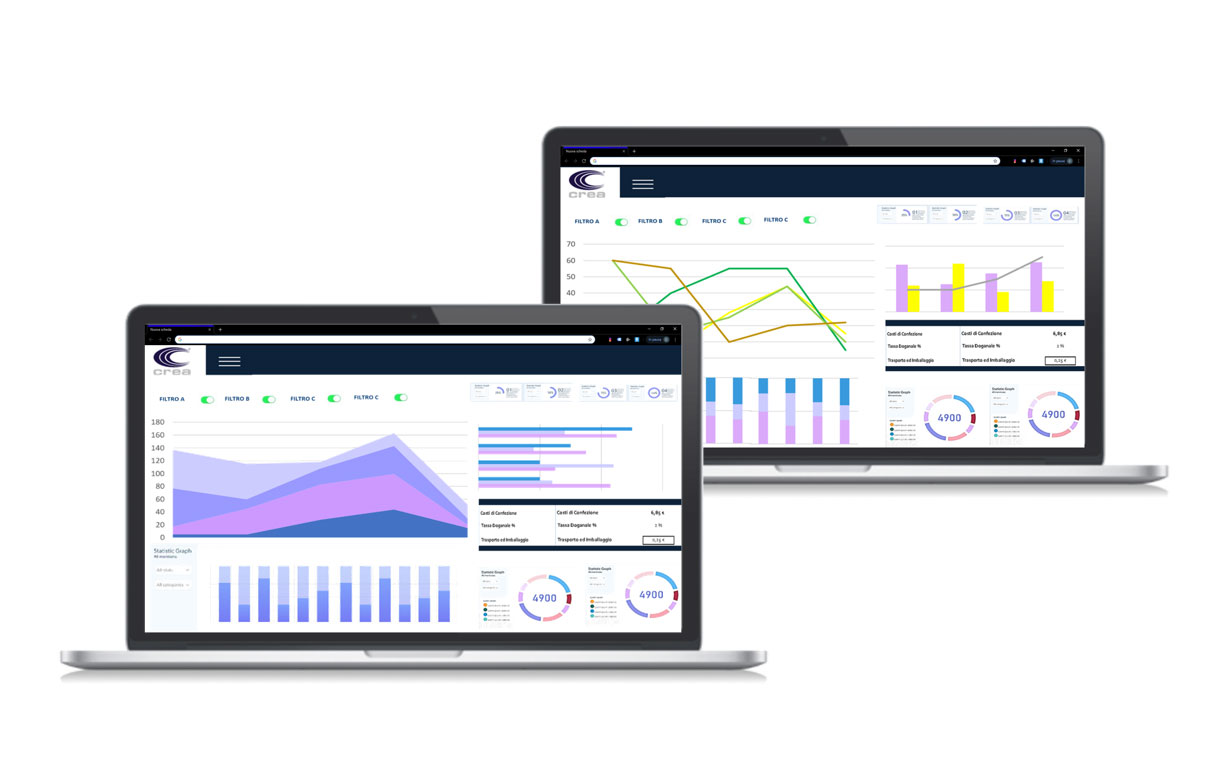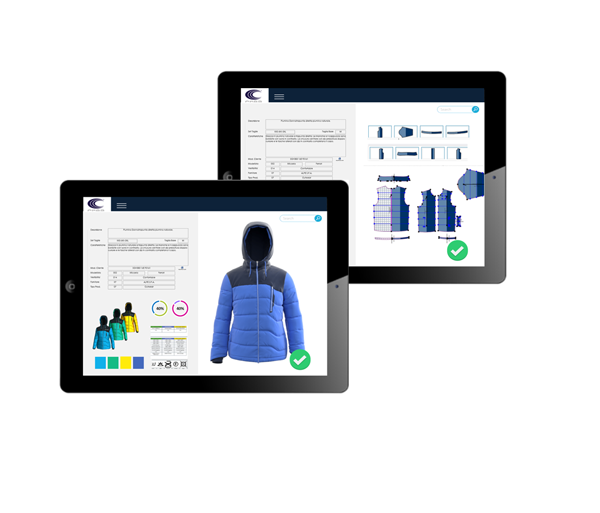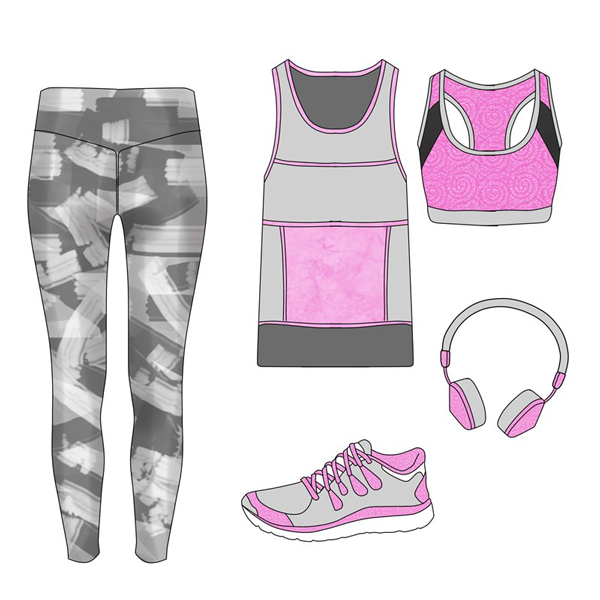Marine Industry: Automated Fabric Cutting for Interiors and Upholstery
In the marine industry, precision and efficiency are essential for delivering high-quality products. Fabric cutting for interiors and upholstery is one of the most delicate and strategic phases in boat manufacturing, where aesthetics, functionality, and durability must seamlessly coexist. Thanks to technological advancements, it is now possible to adopt automated fabric cutting systems that significantly improve the final product’s quality while optimizing production time and costs.
The Role of Fabric Cutting in Marine Applications
In the world of boating, upholstery is more than just an aesthetic feature. Covers, seating, curtains, and interior panels must withstand humidity, sunlight, wear, and salt. This is why fabric cutting must be extremely precise, repeatable, and fast. Manual errors can result in costly waste, misalignment, and production delays. The adoption of automated fabric cutting systems helps eliminate these issues, ensuring flawless results.
Advanced Technologies for Automated Fabric Cutting
Modern automated fabric cutting systems utilize digital tools such as 2D CAD software for pattern preparation and nesting software for optimal fabric layout. The patterns are sent directly to the cutting machine, which uses vibrating or rotary blades to execute precise cuts. Some systems are equipped with optical recognition cameras to detect fabric flaws or align with custom-printed designs—an especially useful function for high-end marine upholstery.
Benefits of Automated Cutting in the Marine Sector
1. Precision and Repeatability
Automated fabric cutting systems deliver precision to within a tenth of a millimeter, ensuring perfect alignment of cut pieces. This is critical for avoiding defects in covers and enabling faster assembly.
2. Waste Reduction
Automatic pattern placement maximizes fabric utilization and significantly reduces waste—an essential factor in lowering costs and improving the sustainability of production processes.
3. Time Savings
Manual fabric cutting is slow and prone to error. Automated technology drastically shortens production time, allowing operators to focus on higher-value tasks.
Integration with CAD Software
Maximum efficiency is achieved when the automated fabric cutting system is fully integrated with CAD software. This ensures a direct, traceable, and optimized flow of information from design to cutting. Technicians can send files straight from their workstation to the cutting system, eliminating the need for paper patterns, transcription errors, and material waste.
Custom Interiors and Upholstery
In the marine industry, every boat is a unique project. Cabins, sofas, beds, and interior panels are often custom-built. Automated fabric cutting enables highly precise customization of each piece, even from 3D scans or digital measurements. These systems can also handle coated, multilayer, or laminated technical fabrics, ensuring an impeccable final result.
Automated fabric cutting is revolutionizing the marine industry by enhancing product quality and making the entire production process more sustainable and efficient. With integration into intelligent software systems, flexibility, and waste reduction, these solutions represent a strategic investment for marine companies looking to stay competitive. Investing in automated fabric cutting means elevating the quality of production, optimizing lead times, and responding swiftly to market demands.
